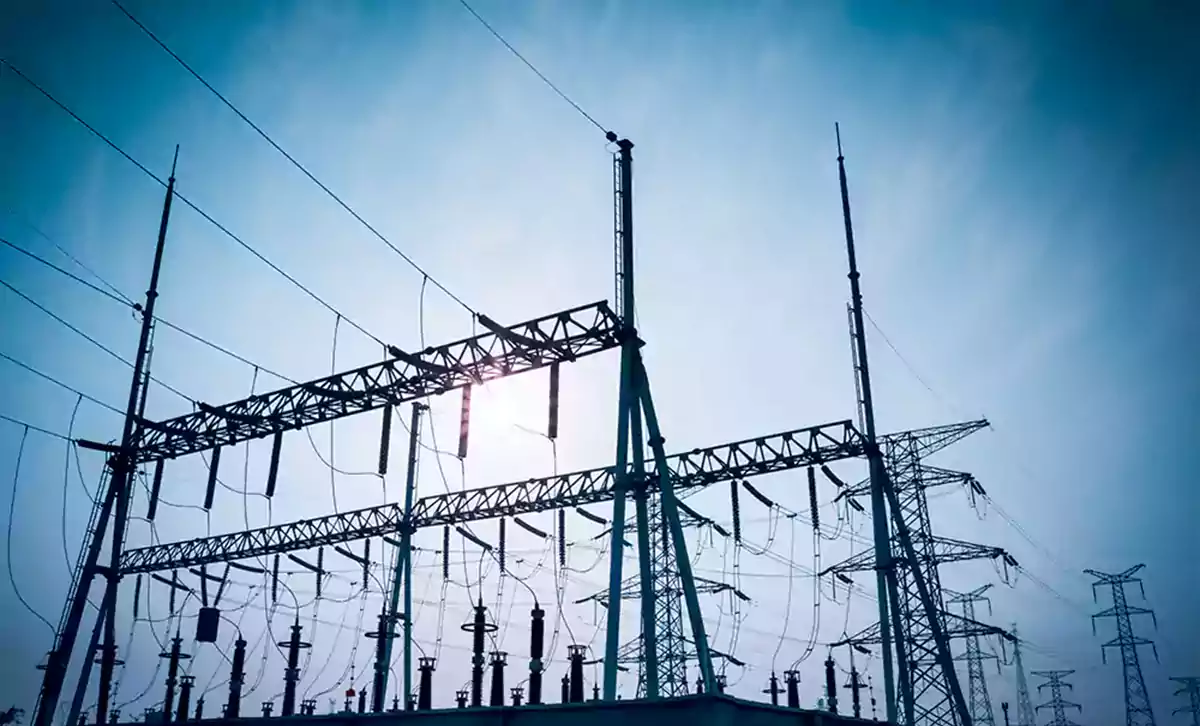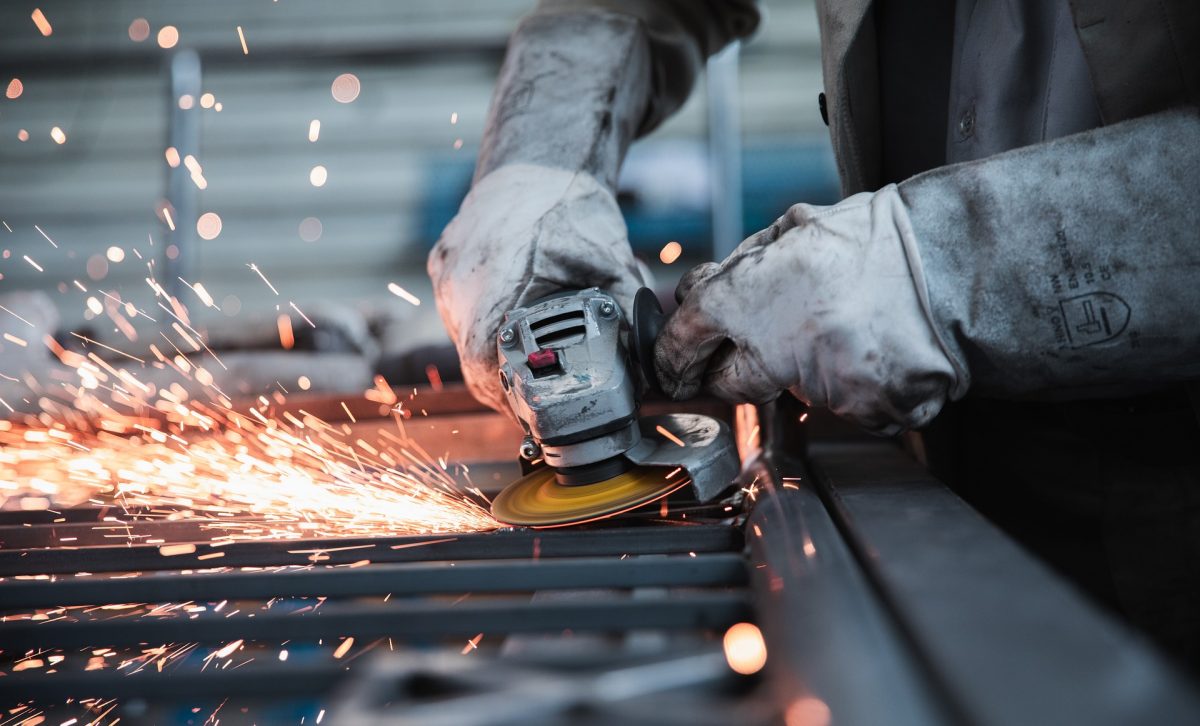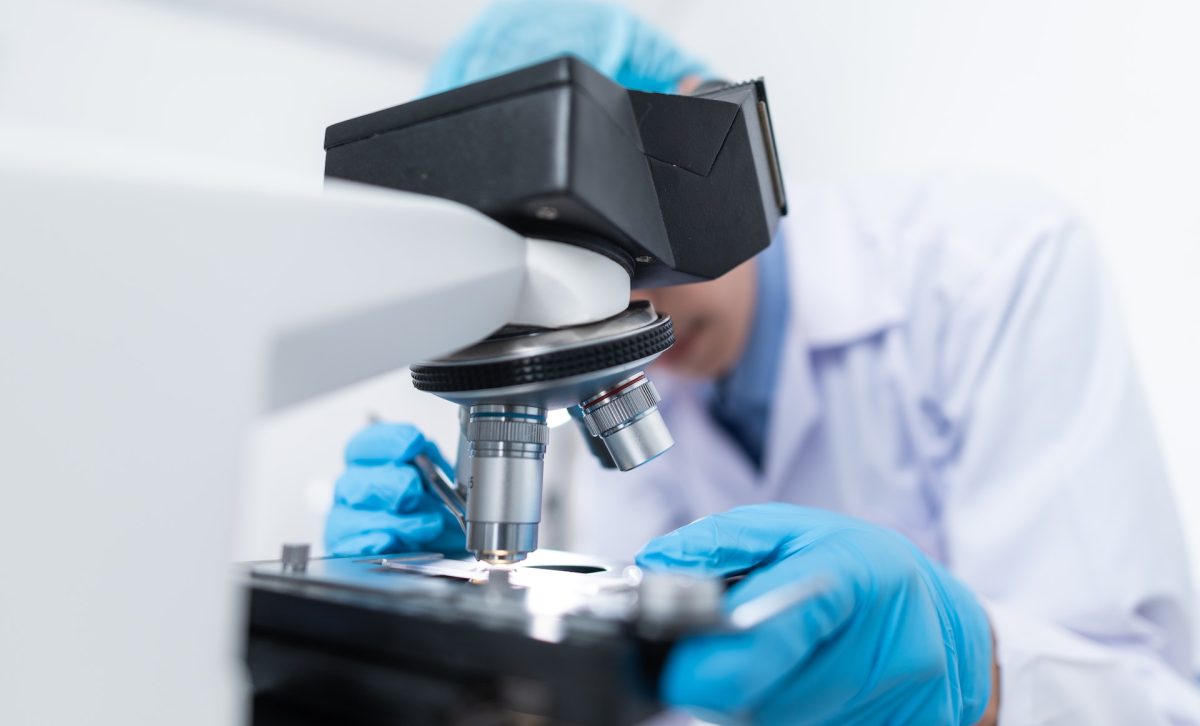In the oil and gas industries, pharmaceuticals and chemical industries are essential to maintain and increase the lifetime of critical assets, including pumps, lions, heat exchangers, and compressors. Operating companies need a better view of the conditions of pumps and other assets.
The challenge for these companies is to achieve a time when pumps do not operate effectively, and the reason for this malfunction is the destruction of infrastructure. It is the success of these companies in maintaining assets that saves time and money and prevents breakdowns and disasters.
Pumps can be damaged for some reasons, such as poor operation and lack of maintenance. When a pump breaks down and is not repaired in time, the pump tends to break.
The maintenance process of pumps can be costly for the following reasons:
- Lack of information that the pump needs to be repaired
- Lack of access to required spare parts
Any delay in pump repair can result in loss of revenue and a threat to the safety and the environment. On the other hand, the use of scheduled repairs for this equipment is unnecessary.
A major US oil and gas company has had a sudden breakdown of its centrifugal pump. The failure time of this pump took about 10 hours. As a result, the company sought to find a way to monitor the health of all pumps, to prevent sudden pressure breakdown of the pumps, and to avoid the need for scheduled repairs.
The company obtained information about the performance of the pumps using performance index data. Examination of these data revealed that there was no plan to monitor the pumps and only monitoring operations were performed in response to the failure of the pumps. The engineers had no opinion on the health of the pumps and this is a complex issue for them.
What is the solution to this challenge?
The proposed solution is to inform the health condition of pumps, the use of previously recorded pumps data analysis. Two main pumps were reviewed in terms of performance indicators when operating in a weak and low-performance operation.
The approach of this analysis is determined by the company’s operators, process engineers, and data analysis team. Using the available data provided by this team, they make a model for predicting the pump failure time; using this model, they can predict pump failure before it occurs.
Using prediction models and through data, it is possible to protect the pumps step by step and know the status of the facilities, when they need to make adjustments to prevent failure.
These models are approved by operations engineers and data scientists. Using predictive models, engineers can perform scheduled repairs when the pump needs to be repaired and prevent damage without the need for maintenance personnel.
What was the result of using models to resolve this challenge?
The oil and gas company that used the data models to meet this challenge could reduce the failure rate of its pumps; thus, it saved the costs of the pump failure, reduced production, and the time each operator cost to remove the pump failure.
The operation engineers are adopting better decisions with the help of the IT sector and using the data.
The operations team also receives a daily report from the pump’s function and pays attention to the maintenance of preventive maintenance, as a result of which core assets of the company, labor, time, and money are maintained and stored.
Source: vertassets.blob.core.windows.net








